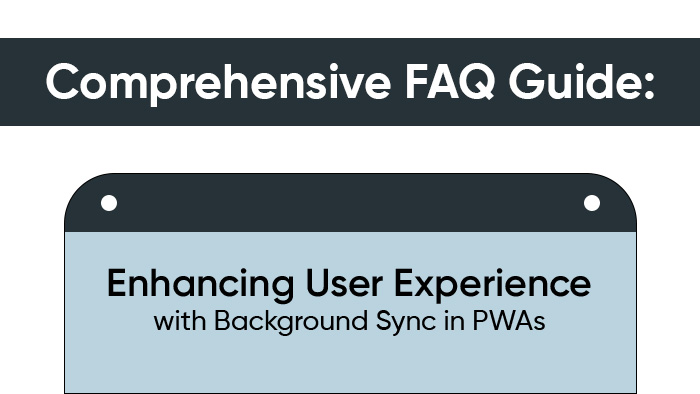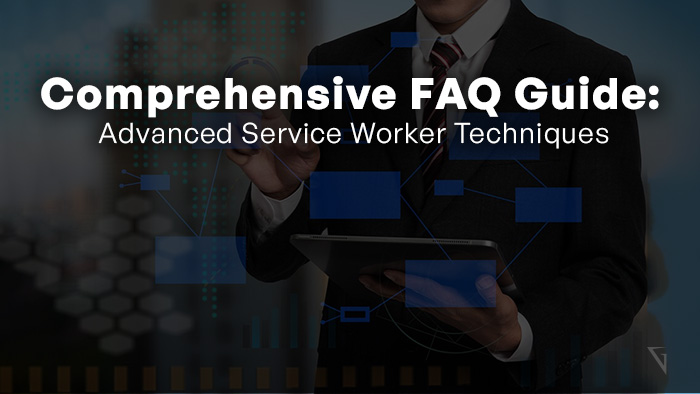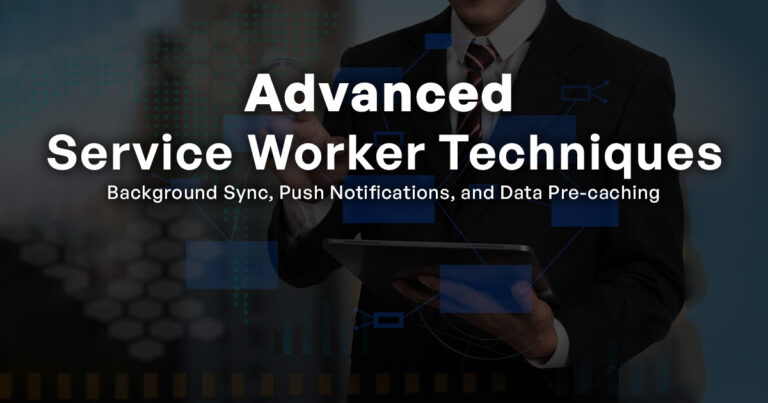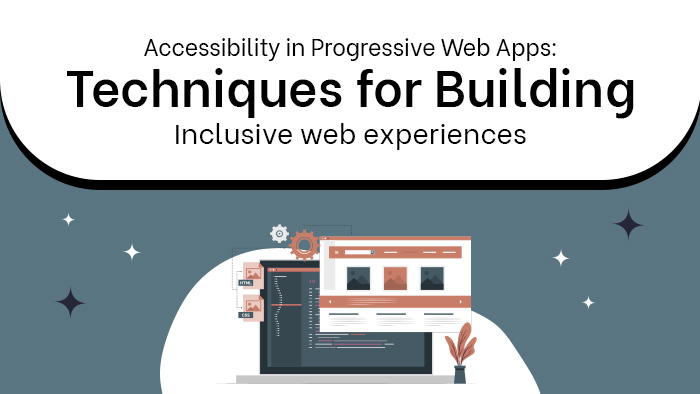
Comprehensive Faqs Guide: Offline Support in PWAs: Caching Strategies and Data Synchronization
Introduction to Offline Capabilities in PWAs What is the significance of offline functionality in PWAs? Offline functionality in PWAs addresses one of the most persistent challenges of web applications: dependence on a stable internet connection. It allows users to access and interact with the app’s core features even when they are offline or experiencing a poor network connection. This capability bridges the gap between native applications and web apps, making PWAs more reliable and accessible. By enabling offline access, PWAs cater to users who are on the go, in areas with spotty connectivity, or facing network disruptions, ensuring uninterrupted service and a seamless user experience. How do offline capabilities enhance the user experience of PWAs? Offline capabilities transform PWAs into versatile tools that users can rely on regardless of their network status. Users can continue browsing, accessing content, and even performing transactions without interruption. This not only fosters user trust but also enhances engagement, as users can remain active even in scenarios where a native




